As an allegory for the automotive industry in the north of England, Carr Reinforcements is perfect. Based in an historic cotton mill on the edge of Burnley, it won a tender in 1962 from the Royal Aerospace Establishment to prove carbonfibre threads could be woven into sheets, thereby launching a new cutting-edge composite industry for which Formula 1, the aerospace industry and many others owe a debt of gratitude.
Today, Carr Reinforcements is working on new formulations of carbon weave based on basalt, an igneous rock that can withstand extreme high temperatures up to 1500deg C, properties that Mercedes-Benz is testing for lightweight and fireproof commercial vehicle battery casings.
This drive to discover breakthrough technology and develop new manufacturing techniques is very much alive and well in the north-west of England, a region not automatically associated with cars and car making.
In fact, it is easy to overlook north-west England’s importance to UK automotive, even though it employs 21,500 people and generates £1.9 billion gross value-added to the UK economy each year, as the customary narrative focuses on the West Midlands and north-east.
Yet car production in the north-west in 2019 was around 199,000 units from the three main plants – Jaguar Land Rover Halewood, Stellantis Ellesmere Port and Bentley Crewe. That’s about 60,000 units behind the West Midlands, but given the general impression of Birmingham as the cauldron of British car making, the north-west is broadly comparable. Draw a single boundary south of Cheshire, and include the north-east in the equation and the north versus south balance falls decisively in the north’s favour.
There’s an interesting trend too, according to SMMT figures, which show that since 2011, the north-west has received more investment in electric vehicle technology than the West Midlands (£2.8bn versus £2.1bn).
Projects contributing to this swing include Stellantis repositioning Ellesmere Port to battery-electric vans, Crewe lining up an electric, next generation of luxury cars and Ford’s gearbox plant on Merseyside receiving £250 million for electric motor drives, while Land Rover's Halewood plant will be configured for EV production in 2024.
Opportunities like this are revving up organisations like the Northern Automotive Alliance (NAA), run by ex-Bentley engineer Paul Jones, working behind the scenes on behalf of technology companies and smaller suppliers to take advantage of this new inflow of funds.



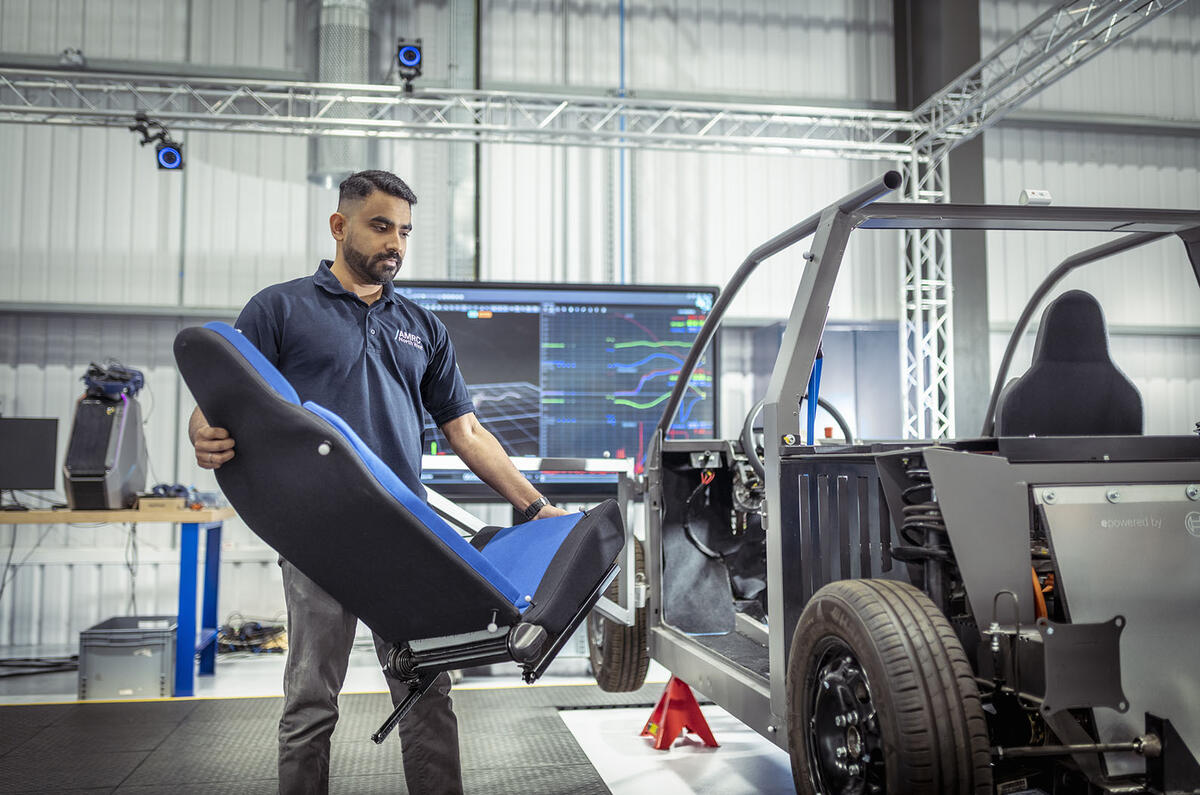
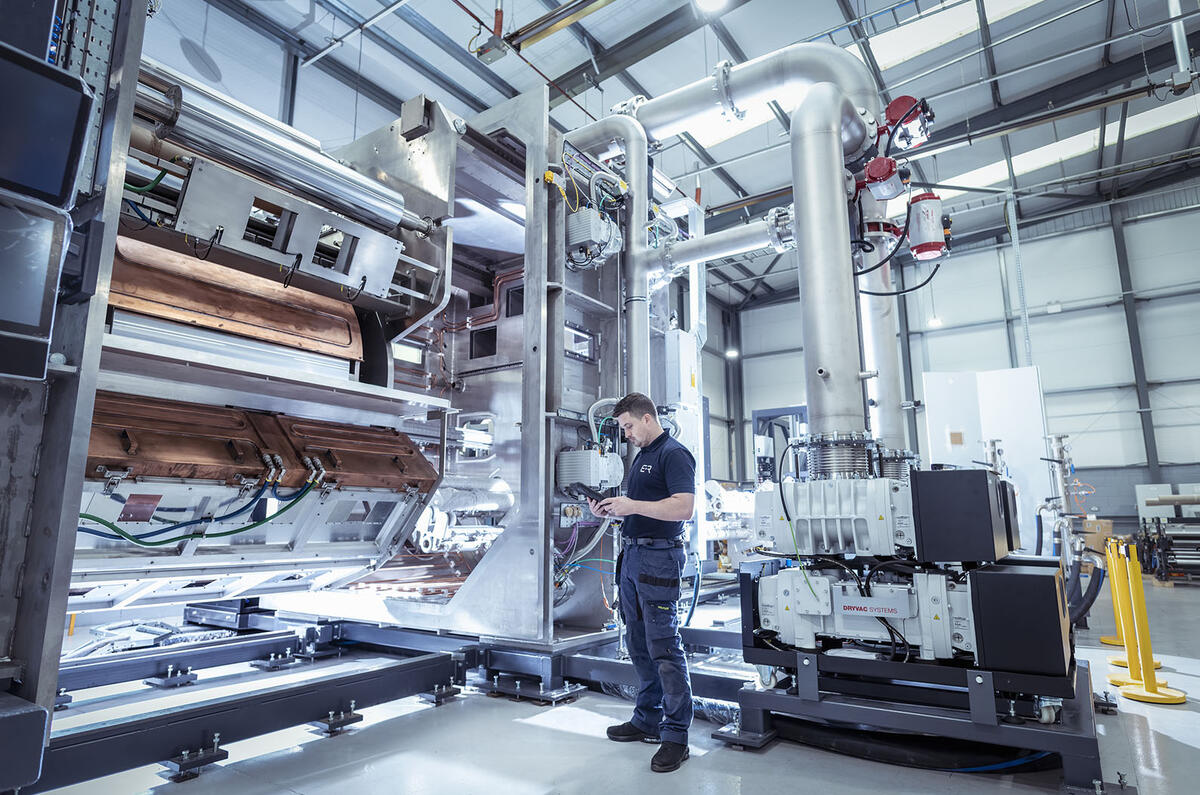
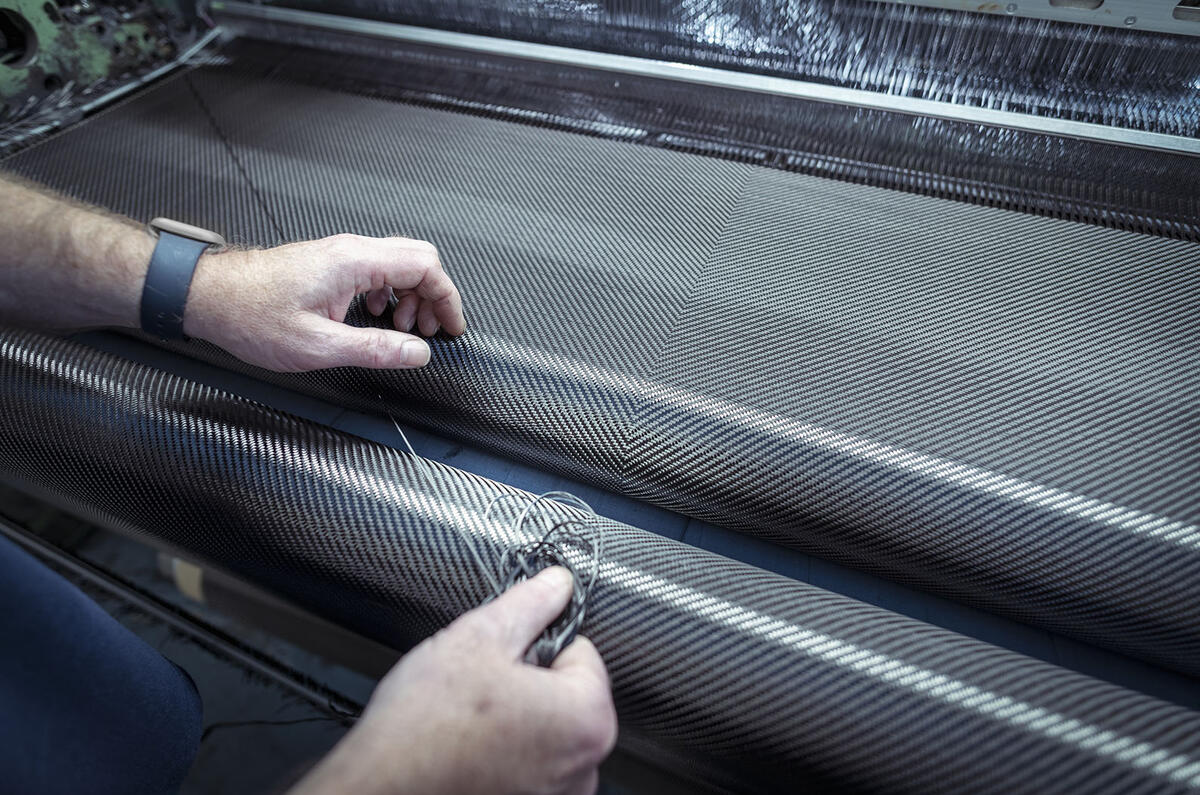
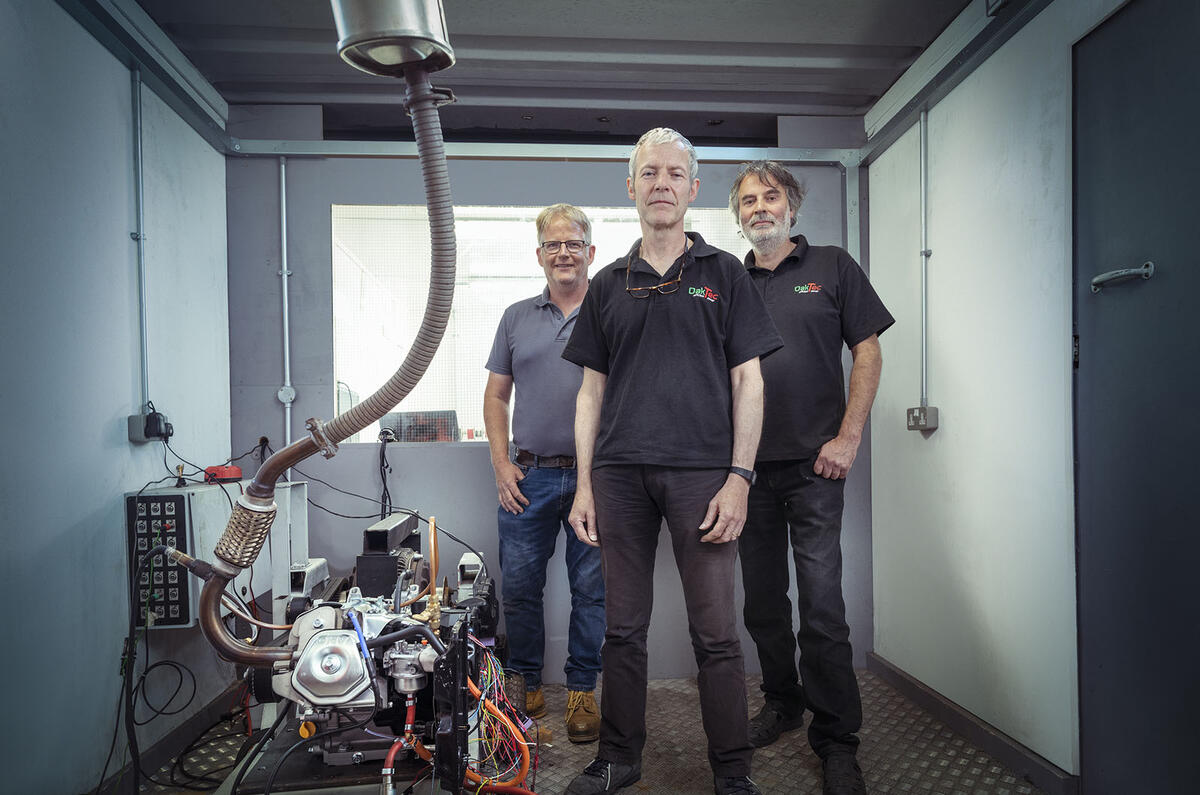
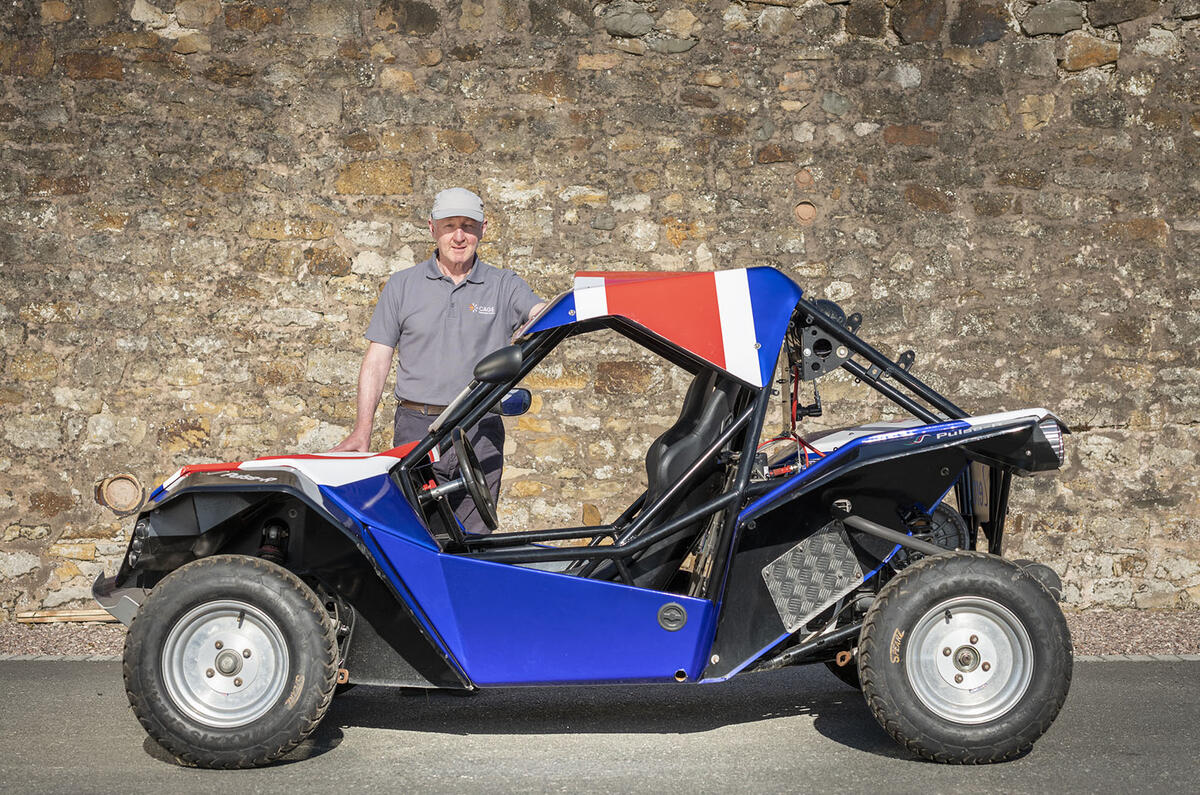
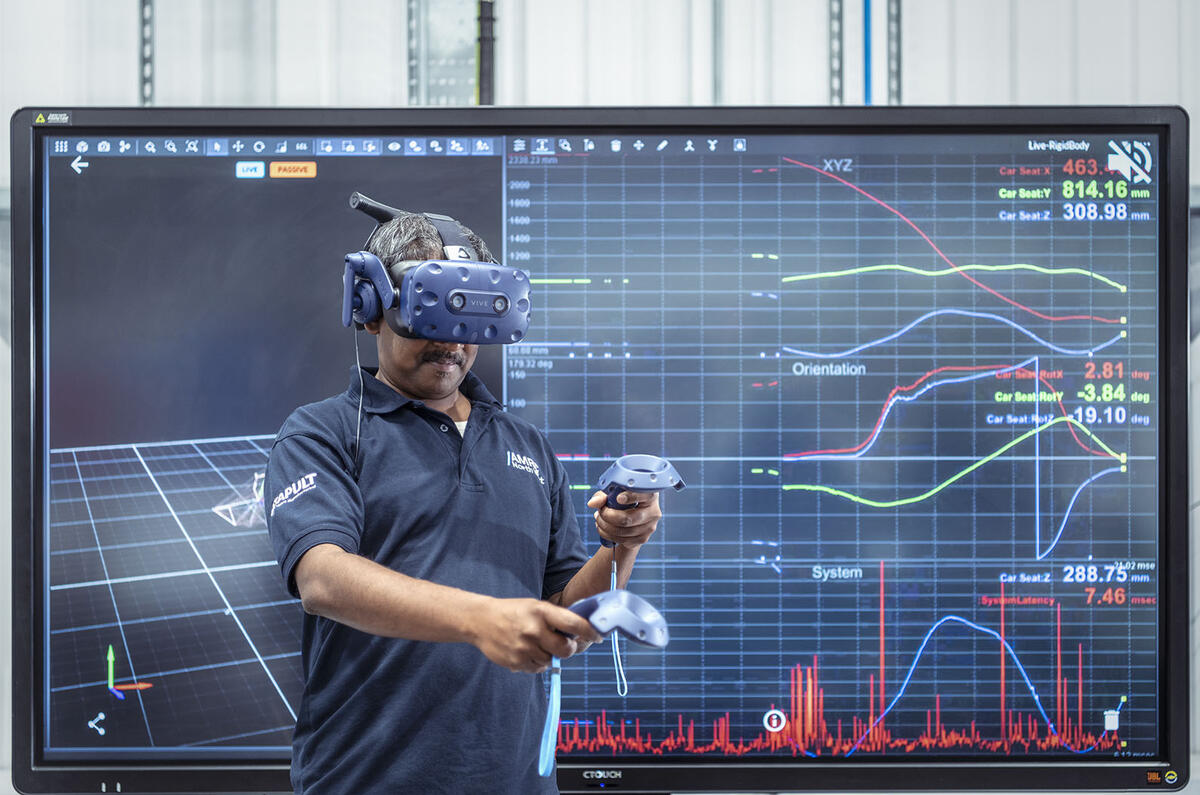
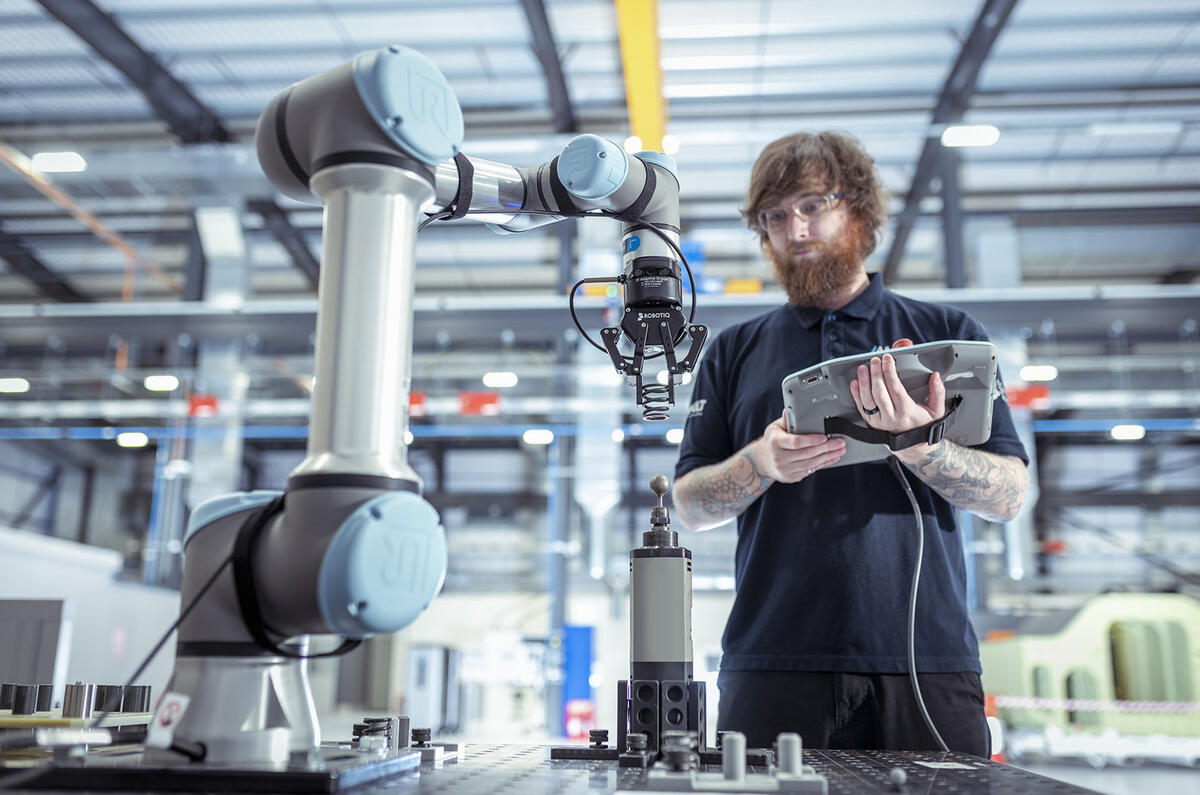
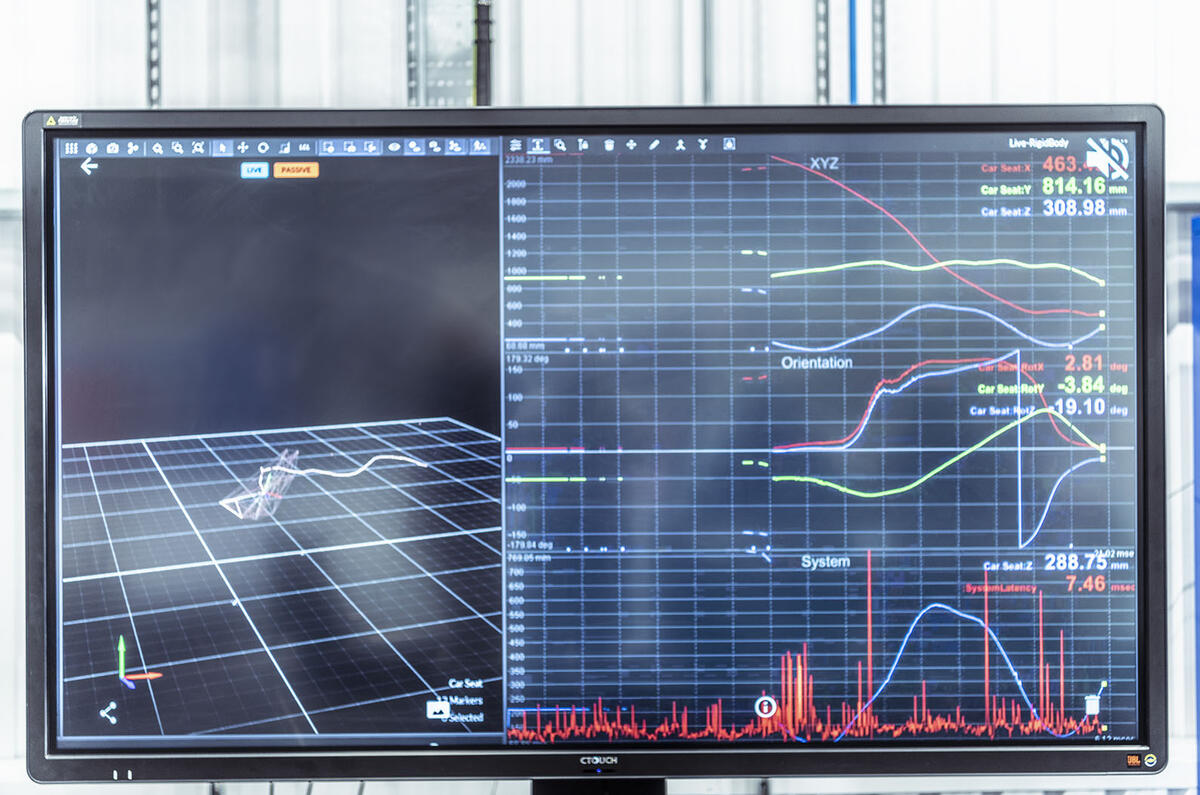
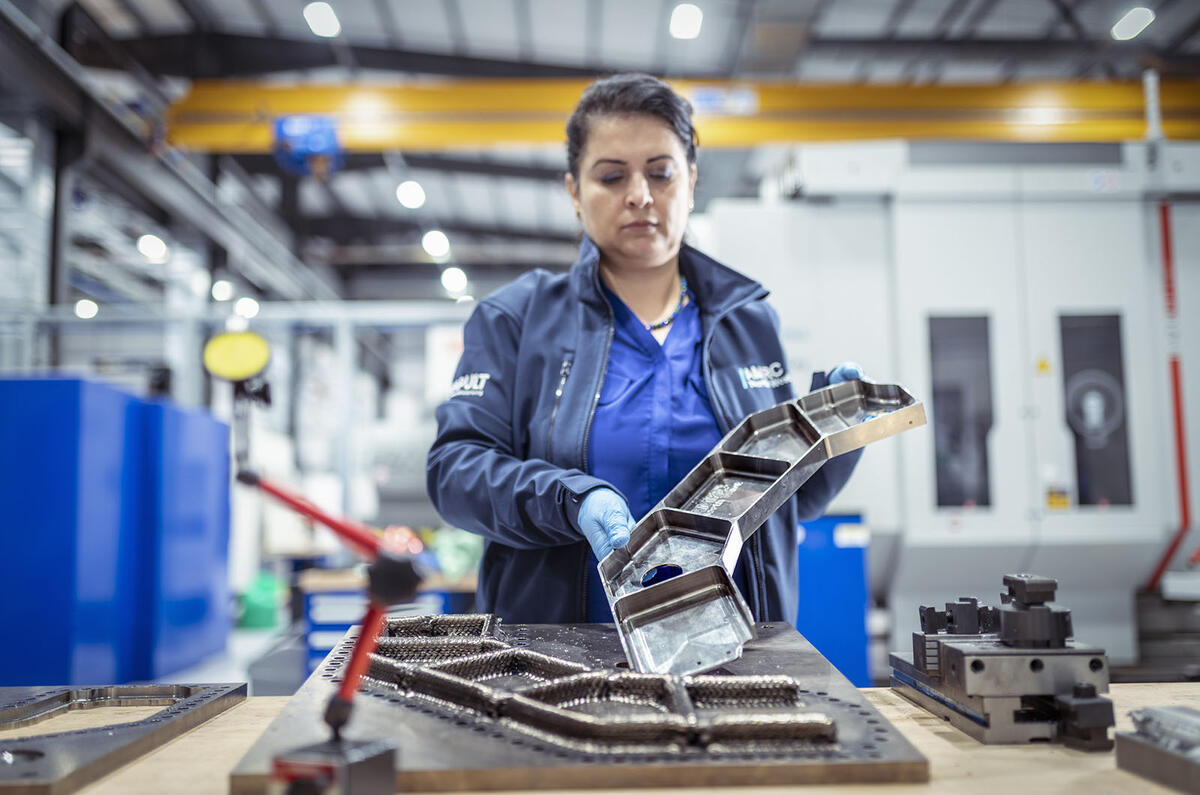
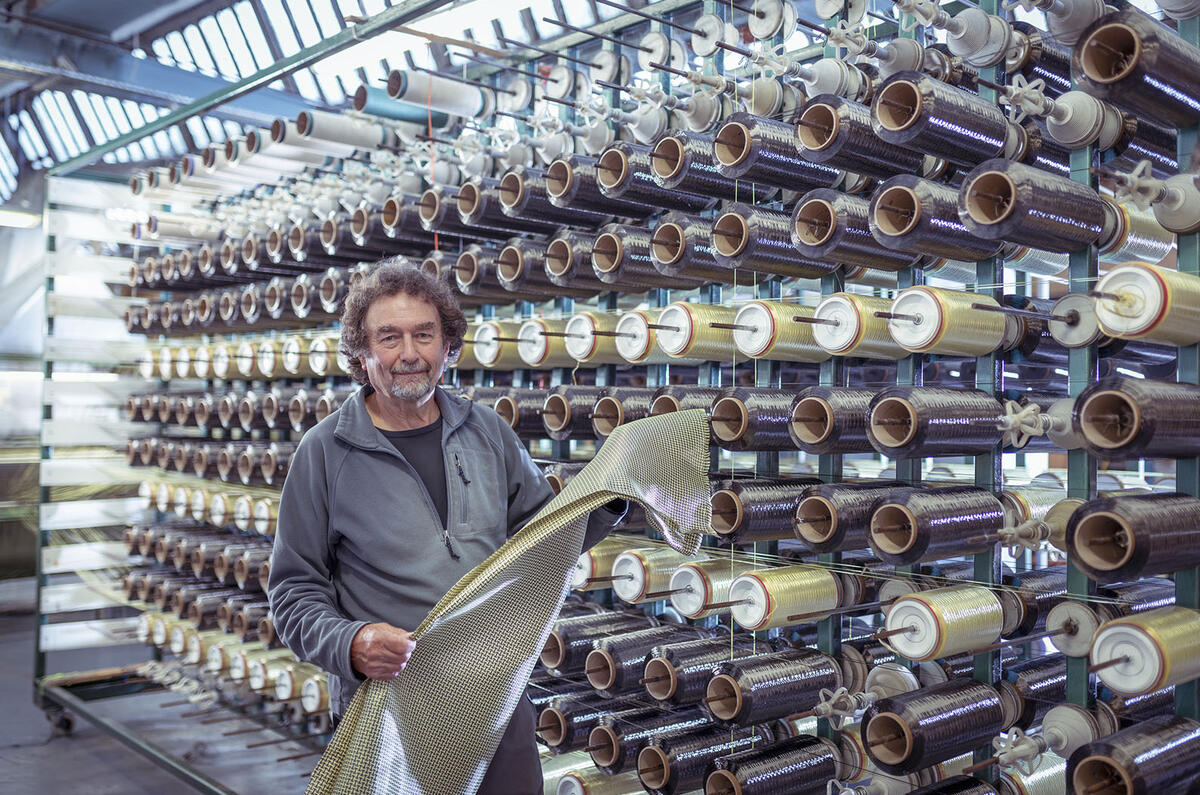
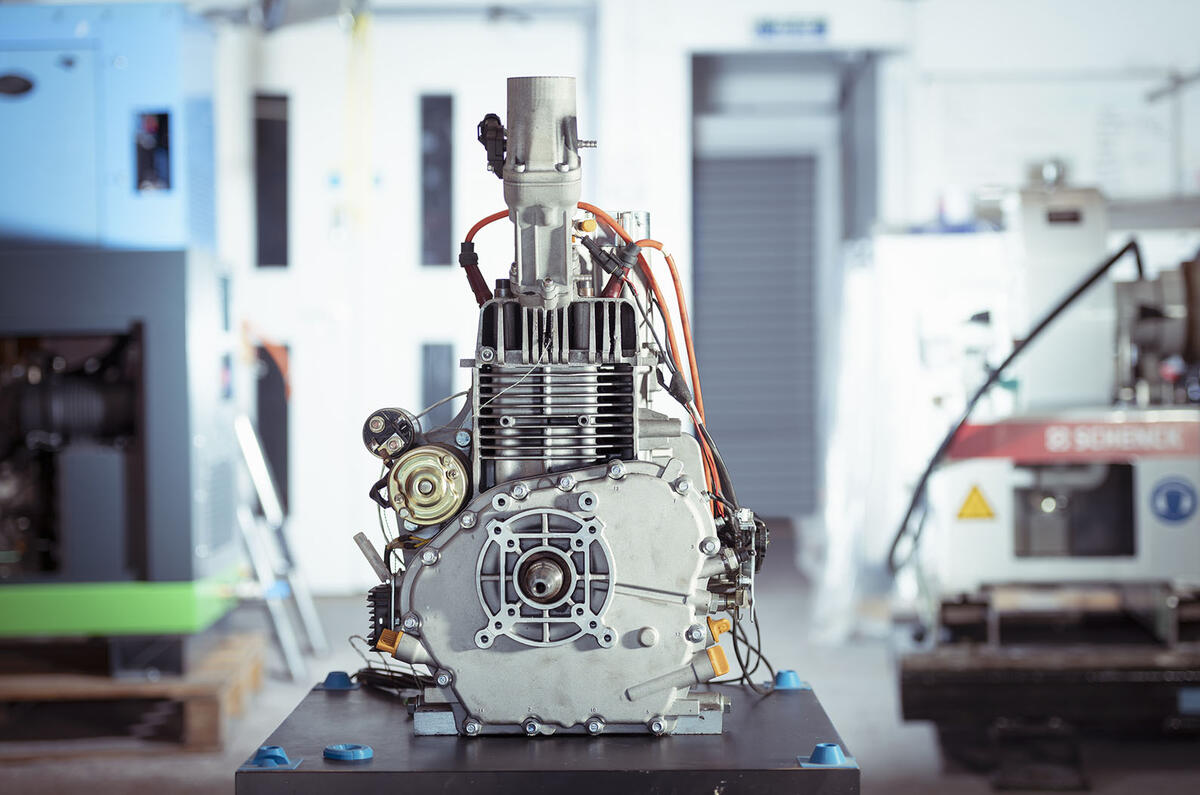
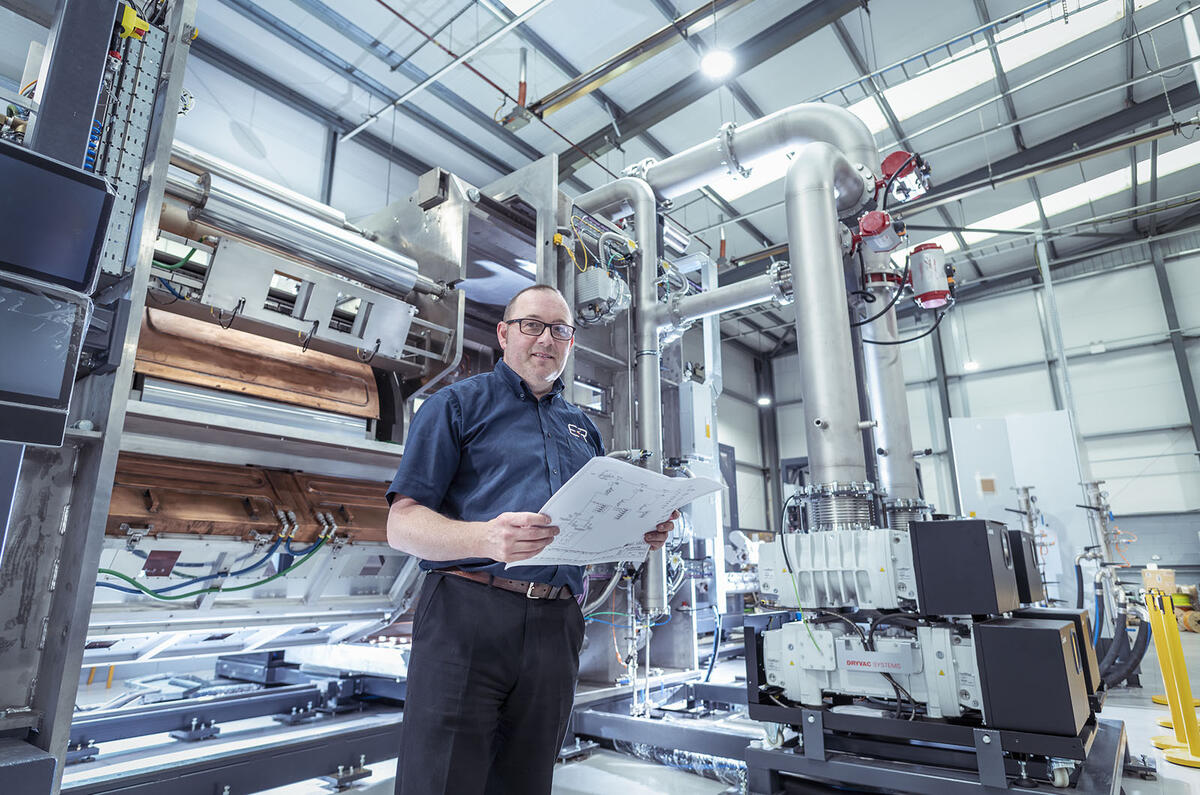
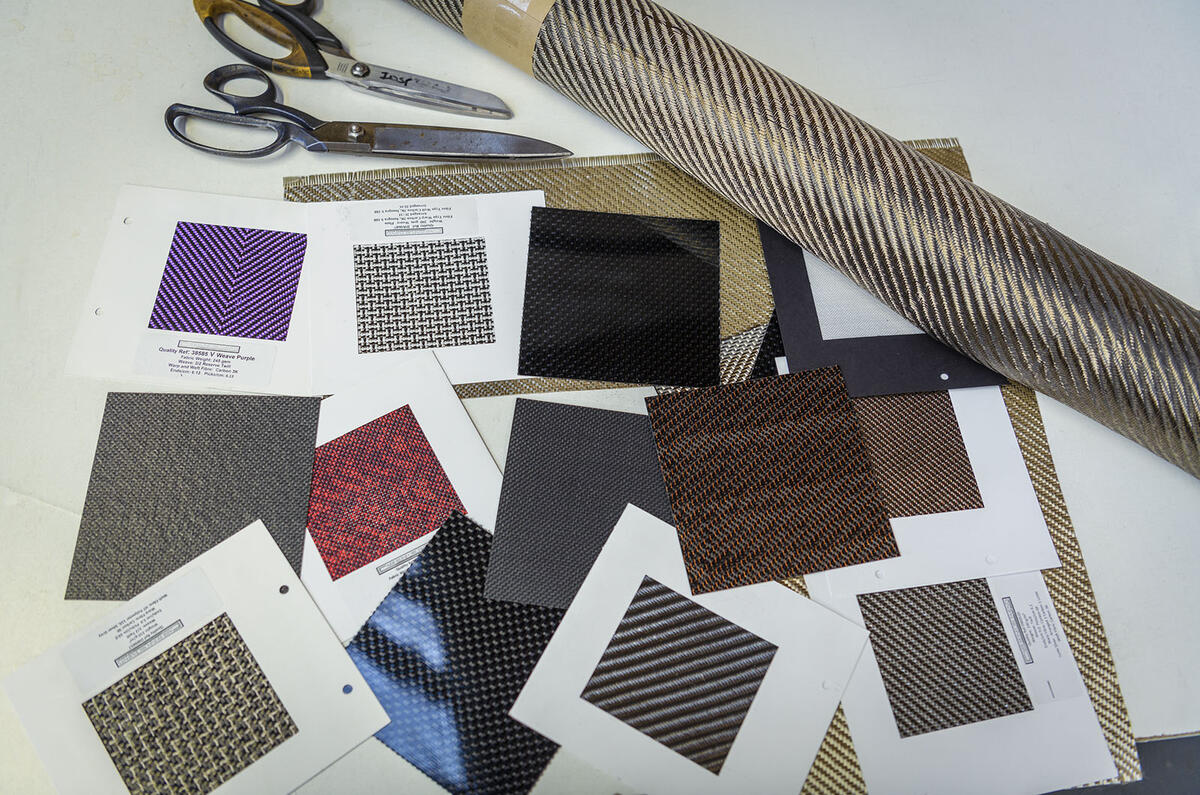
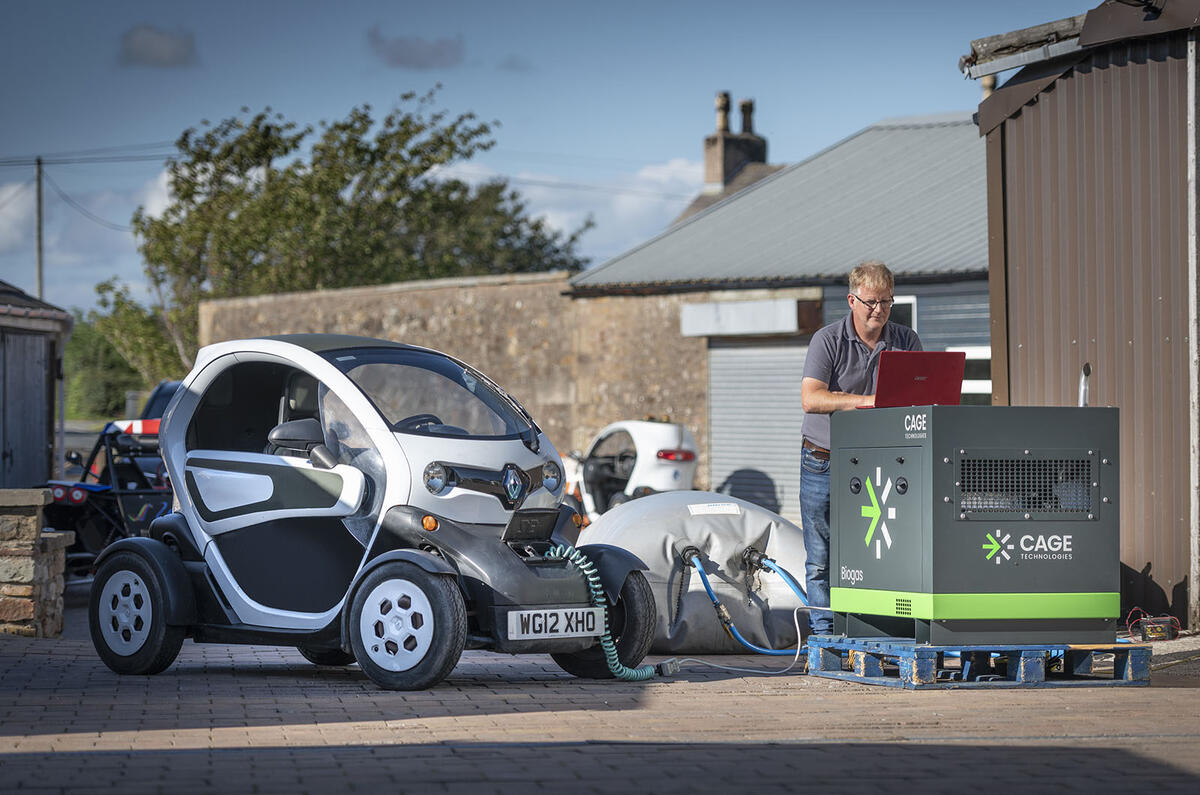
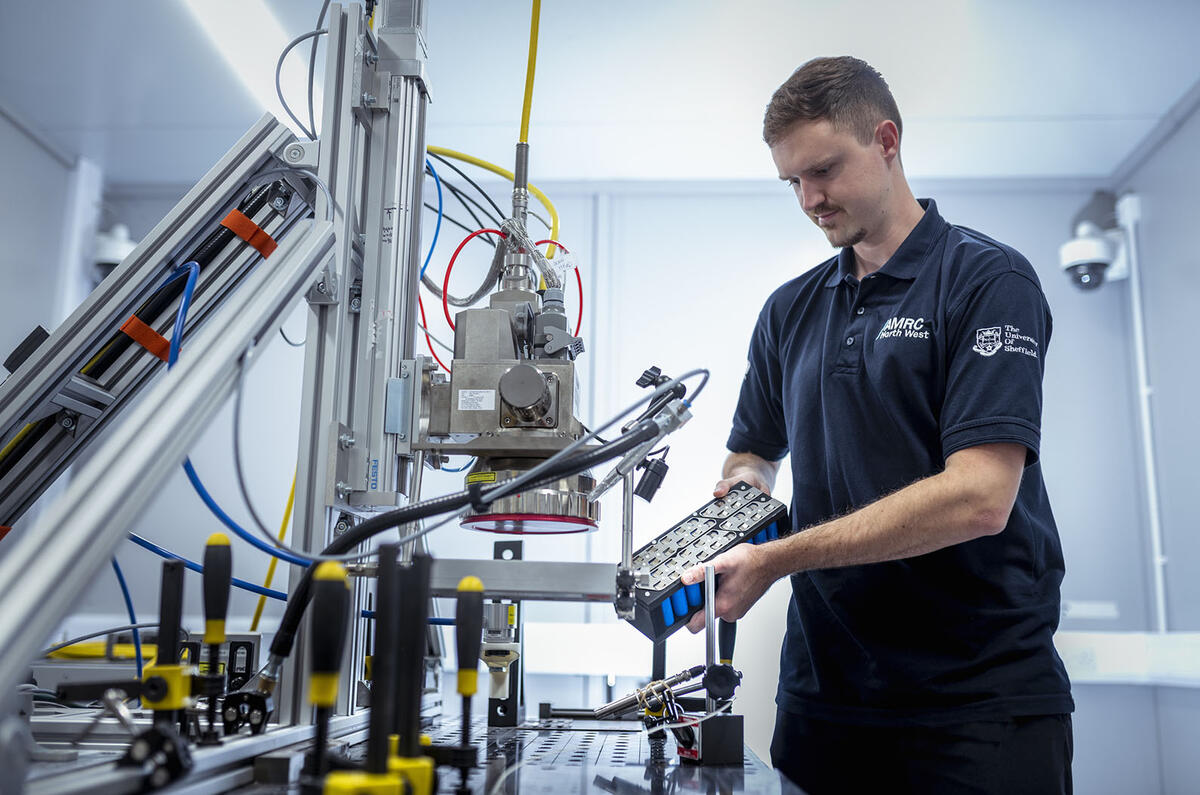
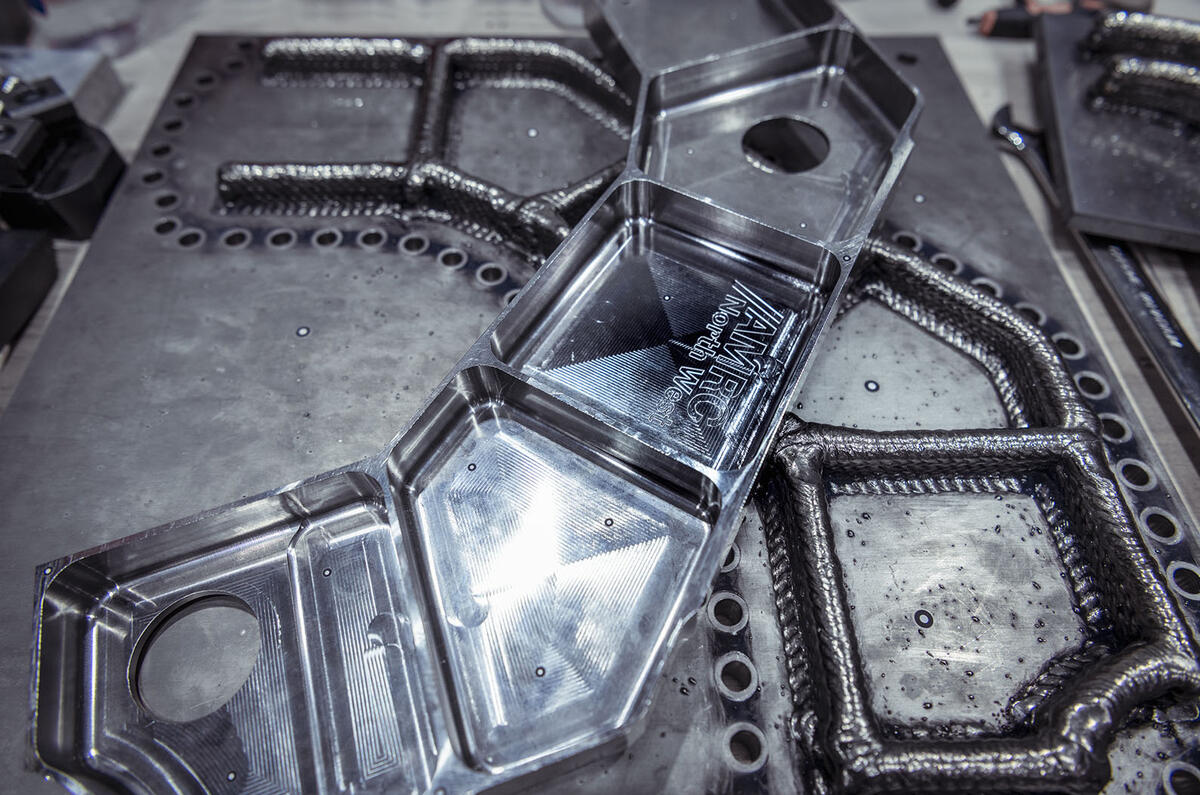
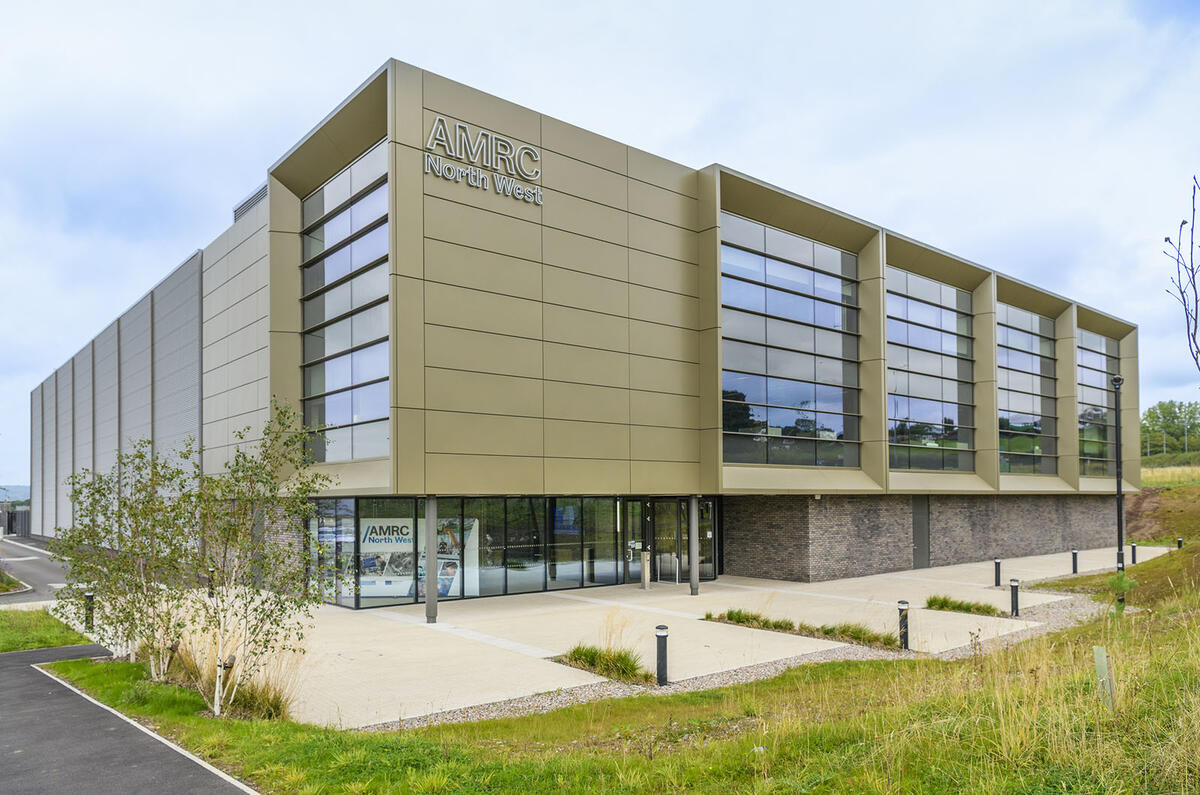
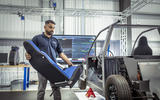
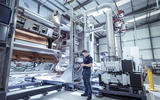
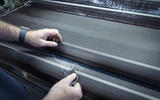
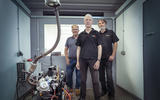
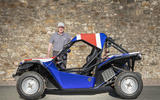
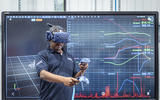
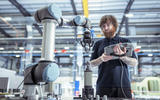

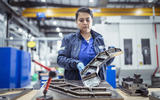

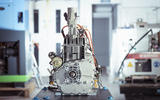
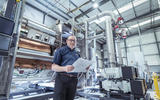
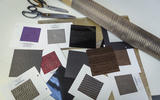
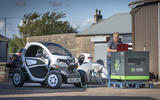
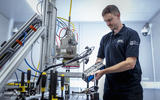
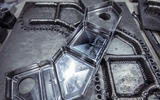
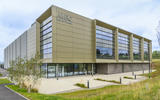







Add your comment